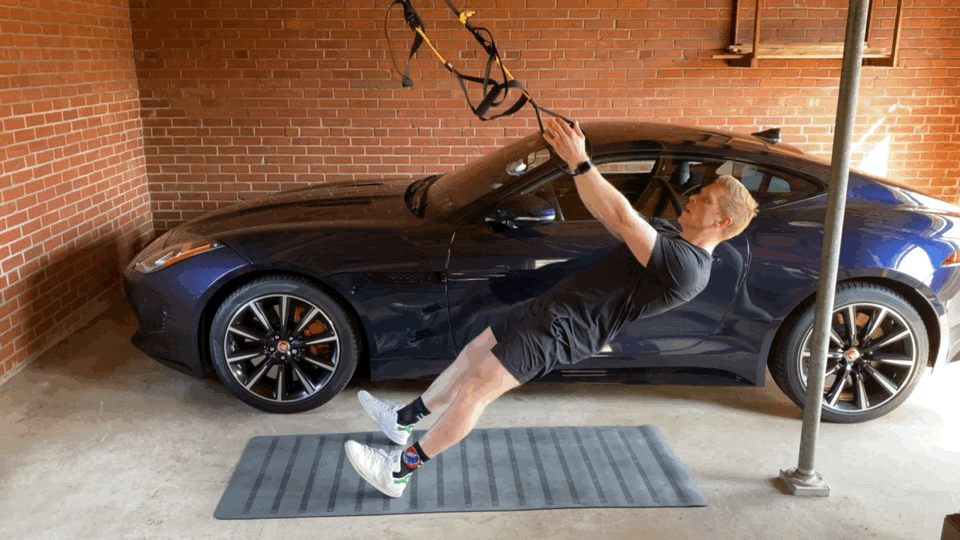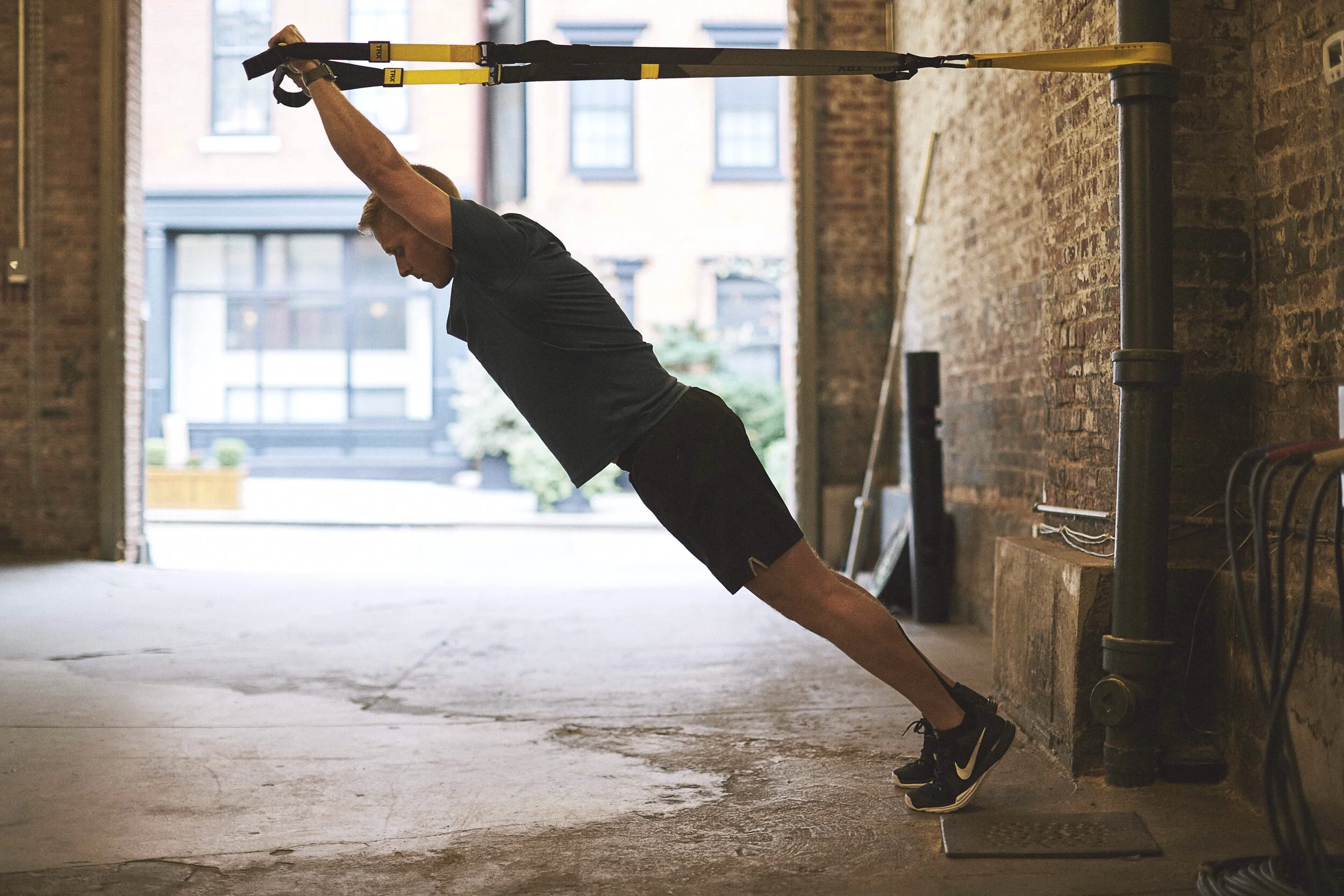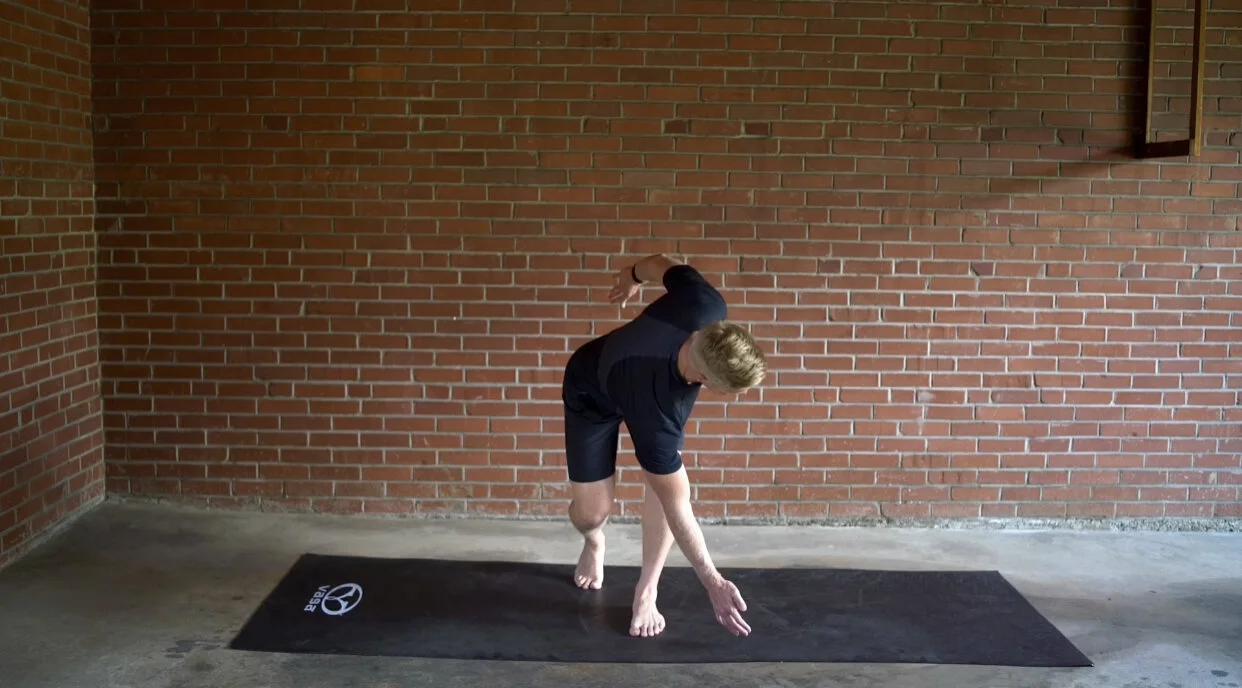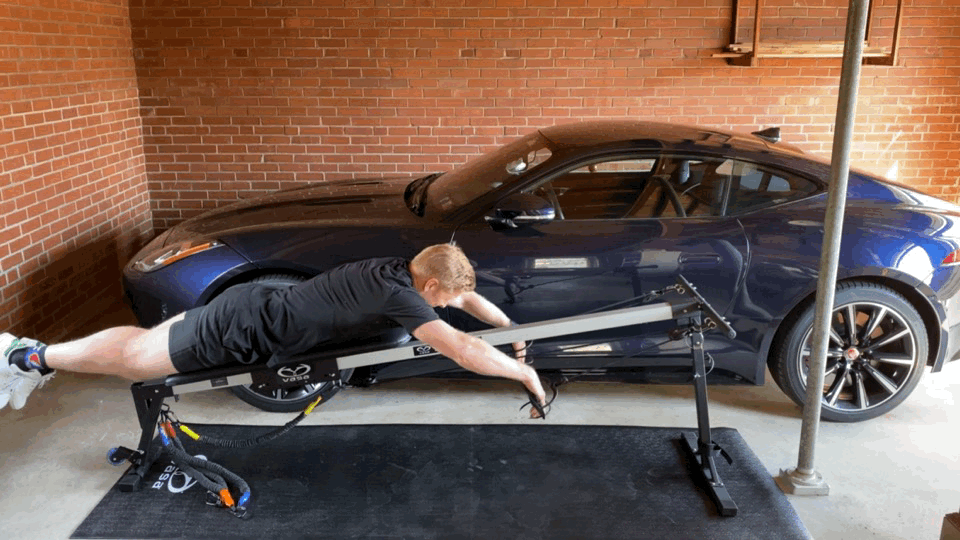TRX Training at Home
/The TRX Suspension Trainer is a versatile tool perfect for home workouts, offering scalable, full-body exercises to build strength, balance, and mobility. TRX training adapts to your needs, using body weight and gravity for progressive overload. From warm-ups to core stability and upper or lower body strength, TRX exercises enhance performance and prevent injuries. Learn how Coach Dan Daly integrates TRX into training programs designed to empower athletes with personalized coaching and innovative solutions. Read more!
Read More








